Back in 2005, the tourism landscape looked completely different. Social media was just getting started, travel blogs were niche, and people still relied heavily on guidebooks and word-of-mouth recommendations. Many destinations that seemed unstoppable at the time have since lost their luster, replaced by newer hotspots or simply fallen victim to changing travel preferences.
The mid-2000s represented a unique moment in tourism history, when certain attractions reached their absolute zenith before the world shifted around them. Here is a list of 20 tourist destinations that hit their peak around two decades ago and haven’t quite recaptured that magic since.
Times Square, New York
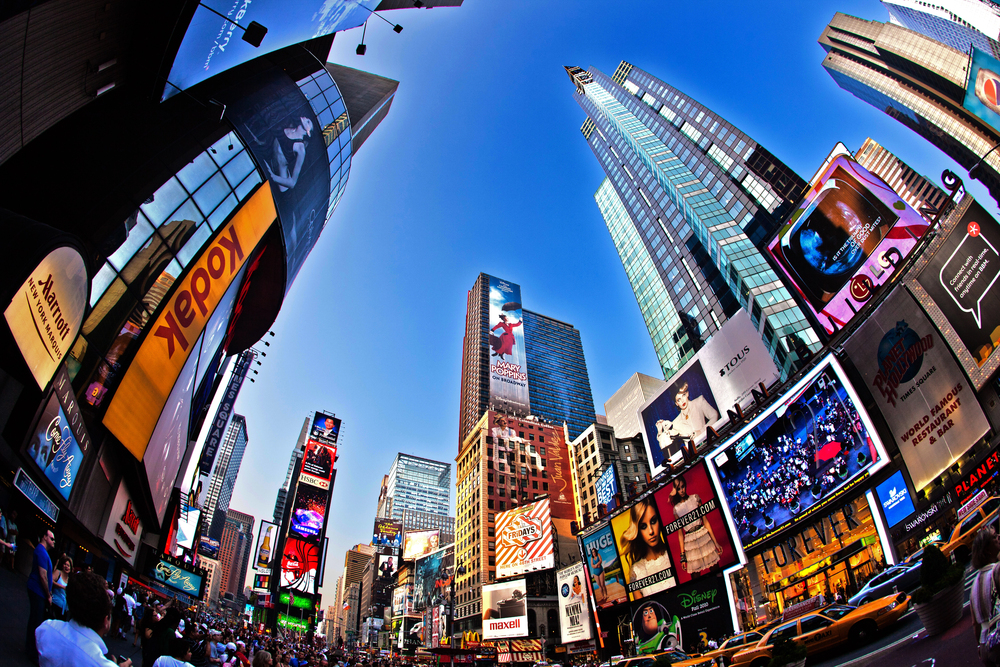
— Photo by Hackman
Times Square was the undisputed king of tourist attractions in 2005, drawing massive crowds who genuinely seemed excited to stand in traffic surrounded by costumed characters. The novelty of the giant billboards and chain restaurants felt fresh back then, before everyone realized it was essentially an outdoor mall overrun by aggressive street performers. These days, even New Yorkers feel bad for tourists who spend their precious vacation time there instead of exploring the city’s actual neighborhoods.
South Beach, Miami
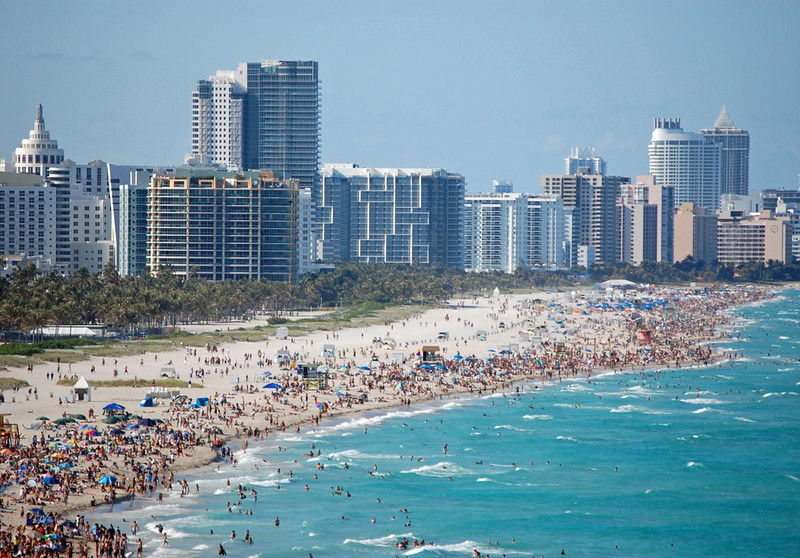
The mid-2000s were South Beach’s golden era, when it perfectly captured the intersection of luxury and accessibility that defined that decade. Art Deco hotels were still reasonably priced, the club scene felt exclusive but not impossible to access, and the whole area had an effortless cool factor. Now it’s either prohibitively expensive or filled with influencer photo shoots, and the magic that made it feel like the center of the universe has scattered to other Miami neighborhoods.
Hollywood Walk of Fame, Los Angeles
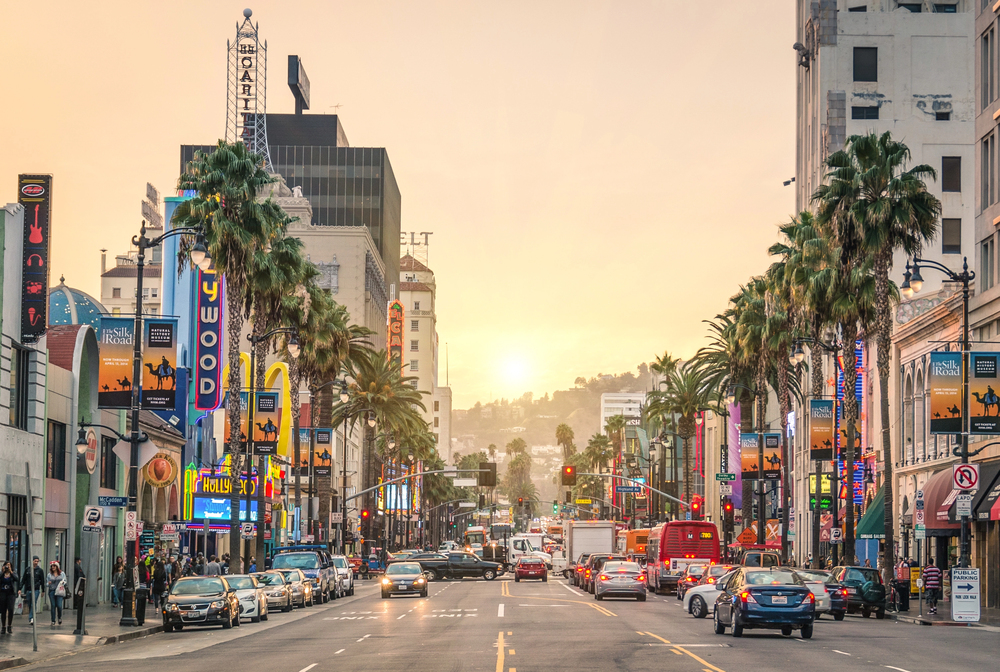
— Photo by ViewApart
Twenty years ago, walking down Hollywood Boulevard and seeing celebrity stars embedded in the sidewalk still felt like touching a piece of entertainment history. The surrounding area had just enough grit to feel authentic while still being tourist-friendly, and celebrity culture was at its absolute peak. Today, the experience feels more like navigating an outdoor carnival where people in knockoff superhero costumes aggressively ask for tips while you dodge questionable street vendors.
Navy Pier, Chicago
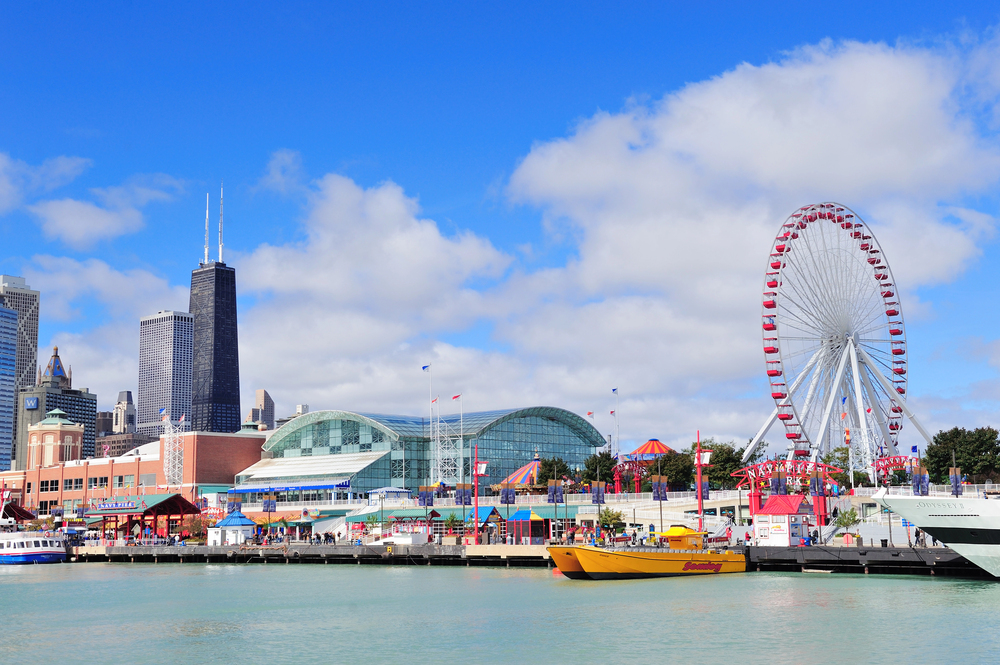
— Photo by rabbit75_dep
Navy Pier dominated Chicago tourism in 2005, serving as the city’s primary attraction for families and out-of-town visitors who wanted everything in one convenient location. The combination of shops, restaurants, and lake views felt like the perfect introduction to Chicago, especially when the city’s other neighborhoods seemed less accessible to casual tourists. While it’s still functional, the pier now feels like a relic from an era when tourists were satisfied with more generic experiences rather than seeking authentic local culture.
Fisherman’s Wharf, San Francisco
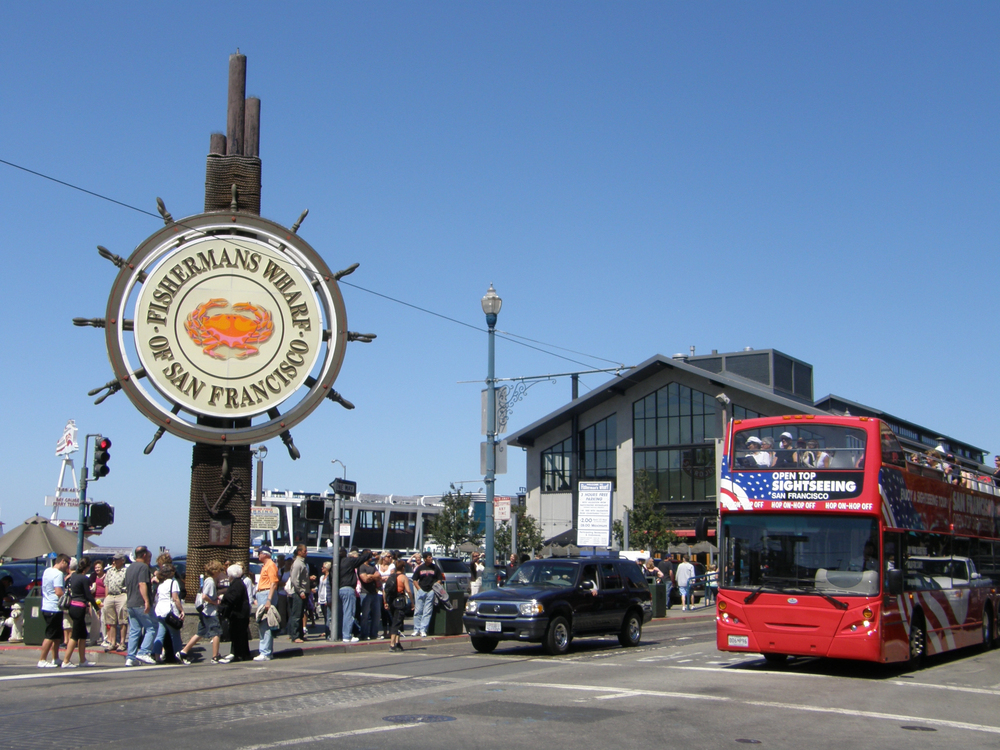
— Photo by sainaniritu
The Wharf represented peak San Francisco tourism when visitors were content to stay in one concentrated area and check off all the classic experiences. Sea lions, sourdough bread bowls, and kitschy souvenir shops created a perfect storm of tourist satisfaction in an era before people started demanding more authentic travel experiences. Now it feels like a theme park version of San Francisco, while real visitors head to neighborhoods like the Mission or Castro for a genuine taste of the city.
Bourbon Street, New Orleans
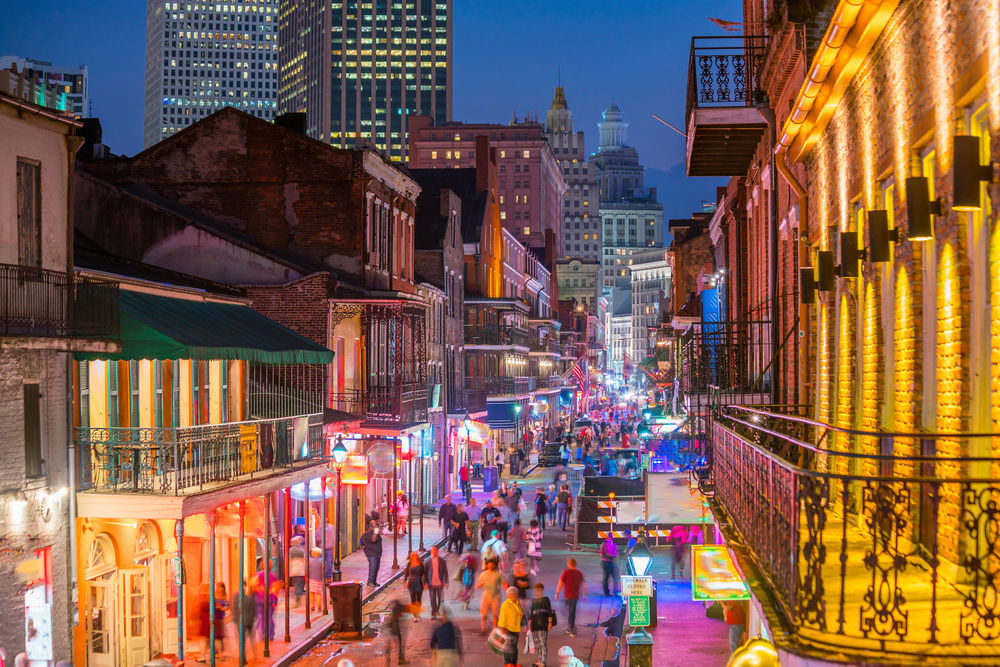
Bourbon Street’s 2005 peak came right before Hurricane Katrina fundamentally changed New Orleans’ relationship with tourism. Back then, it felt like the natural center of the city’s legendary nightlife, where visitors could experience authentic New Orleans culture alongside the party atmosphere. The recovery period shifted tourism patterns throughout the city, and now Bourbon Street feels more like a contained tourist zone rather than an integral part of New Orleans’ cultural fabric.
Atlantic City Boardwalk, New Jersey
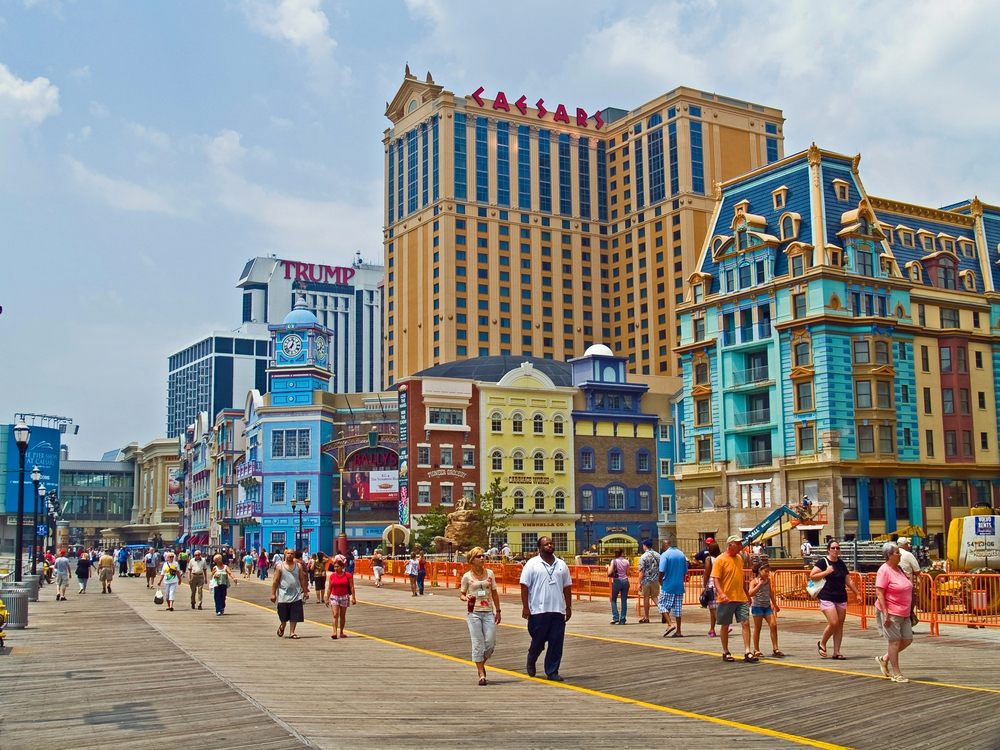
— Photo by andykazie
The mid-2000s represented Atlantic City’s last moment as a legitimate competitor to Las Vegas, when its casinos still felt glamorous and the boardwalk maintained its classic East Coast charm. The city had successfully reinvented itself from its earlier decline, and visitors could enjoy both beach culture and casino entertainment without feeling like they were settling for a lesser experience. Competition from other gambling destinations and changing entertainment preferences have since reduced it to a shadow of its former appeal.
Gatlinburg Strip, Tennessee
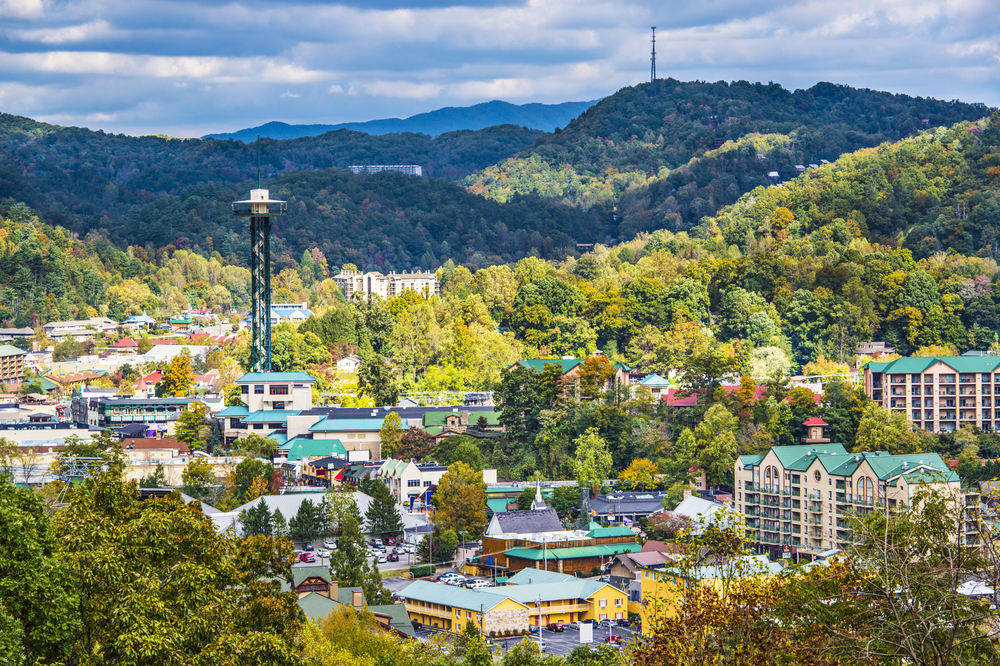
Gatlinburg’s tourist strip reached its absolute zenith in 2005, when its unapologetic embrace of kitsch felt charming rather than overwhelming. Mini golf courses, pancake houses, and novelty shops once created a perfect family-friendly atmosphere that satisfied visitors looking for simple, affordable fun near the Smokies. The area has since become so densely packed with attractions that it feels more like a tourist traffic jam than the quaint mountain town experience people originally sought.
Wisconsin Dells, Wisconsin
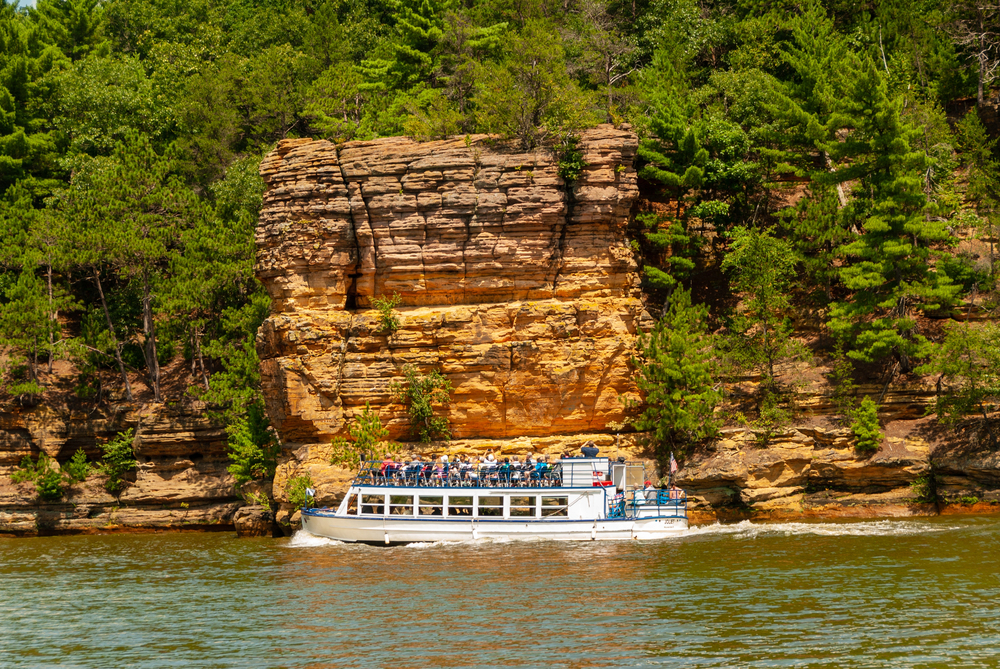
— Photo by hesterphoto.gmail.com
The Dells dominated Midwest family tourism twenty years ago, when water parks and themed attractions were enough to make it a legitimate vacation destination. Families would drive from across the region to experience what felt like the pinnacle of manufactured fun, complete with elaborate resort complexes and natural scenery. Increased competition from other destinations and changing family vacation preferences have left the Dells feeling more like a regional curiosity than a must-visit destination.
Myrtle Beach, South Carolina
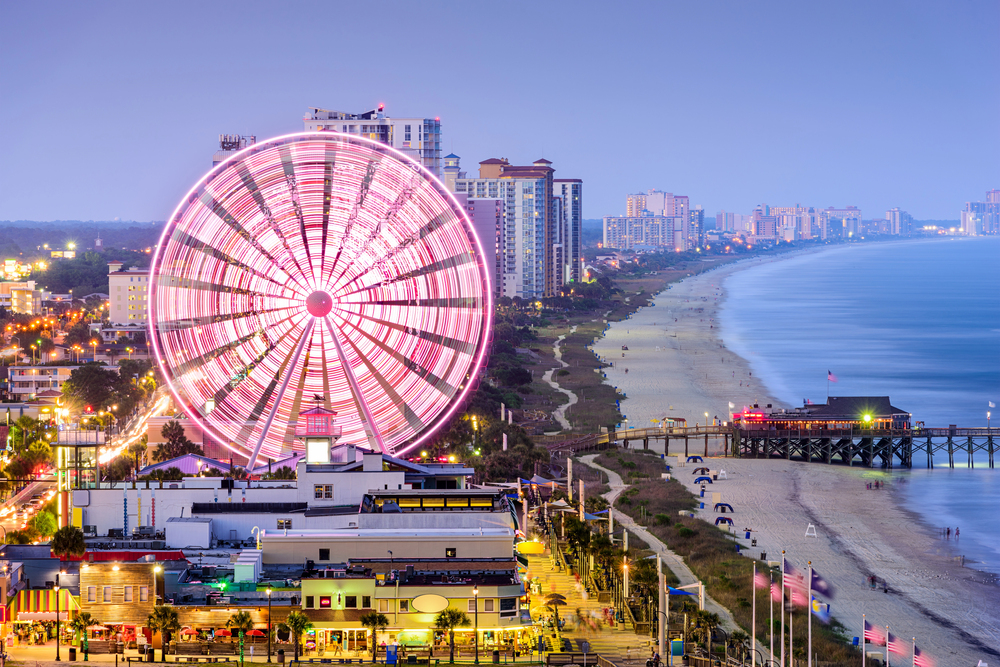
Myrtle Beach’s peak coincided perfectly with the height of accessible beach vacation culture, when its combination of affordable accommodations and entertainment options made it the obvious choice for middle-class families. The Grand Strand once offered everything from golf courses to amusement parks, creating a one-stop vacation experience that felt both comprehensive and manageable. Rising costs and the proliferation of vacation rental options in other coastal areas have since dispersed much of its appeal to different types of beach destinations.
Ocean City Boardwalk, Maryland
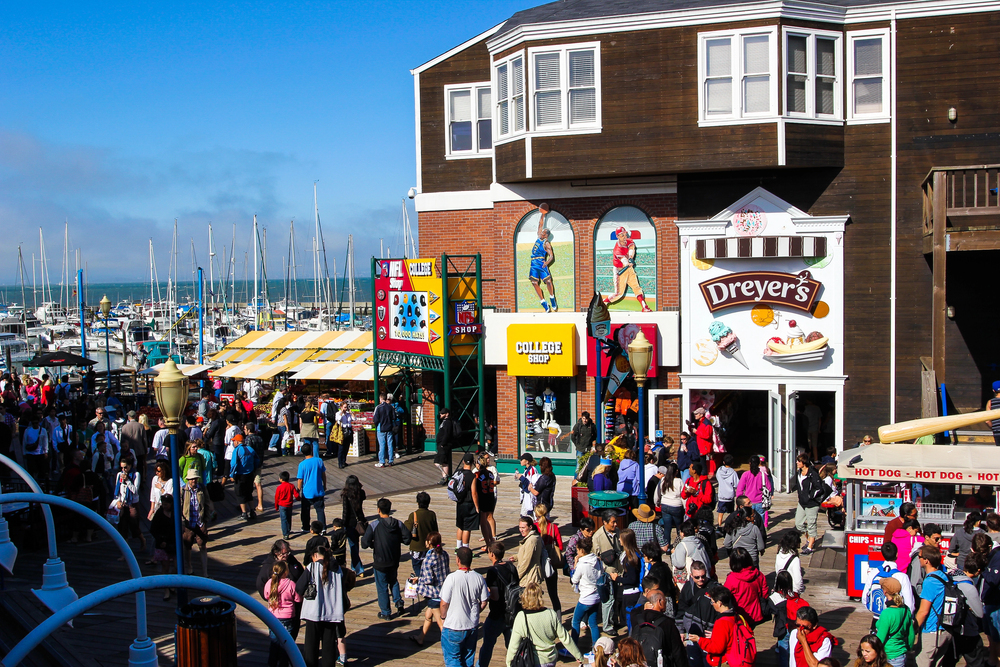
— Photo by ronnybas
Ocean City’s boardwalk represented the peak of traditional East Coast beach town culture in 2005, when its mix of carnival rides, funnel cake stands, and beach access created the perfect family vacation formula. The town had successfully maintained its nostalgic charm while adding modern amenities, making it feel both timeless and current. Increased development and commercialization have since made it feel more crowded and less authentic than during its mid-2000s sweet spot.
Virginia Beach, Virginia
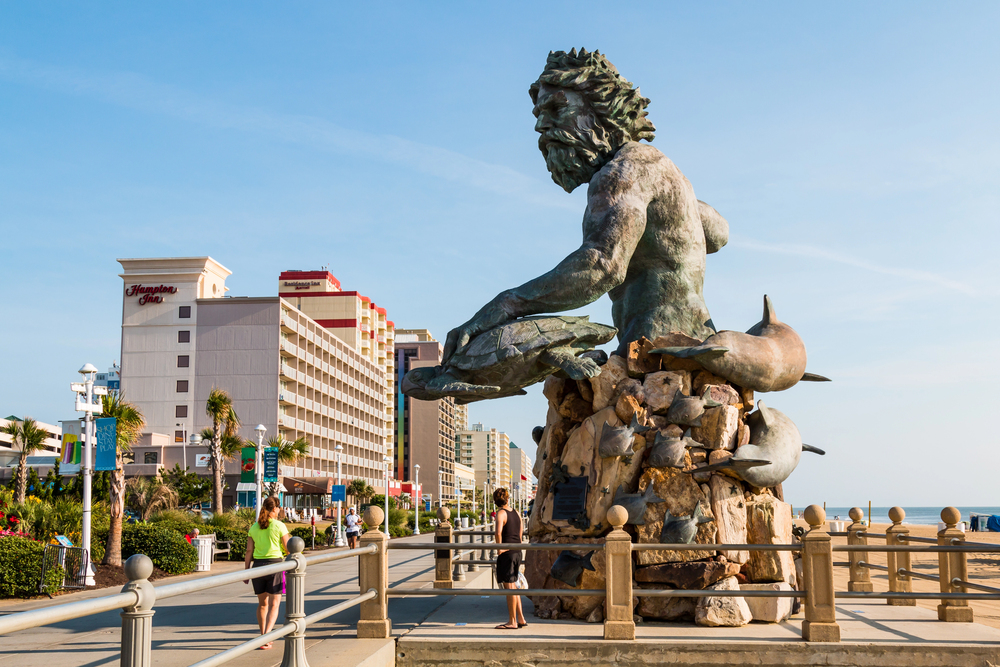
— Photo by SherryVSmith
Virginia Beach hit its stride in tourism when it perfectly balanced military town authenticity with resort destination amenities, creating a unique atmosphere that appealed to a diverse range of visitor types. The oceanfront strip offered classic beach vacation experiences while the surrounding area provided enough local culture to feel substantial rather than artificial. Competition from other coastal destinations and changing vacation preferences have since reduced its status from regional powerhouse to solid but unremarkable beach option.
Panama City Beach, Florida
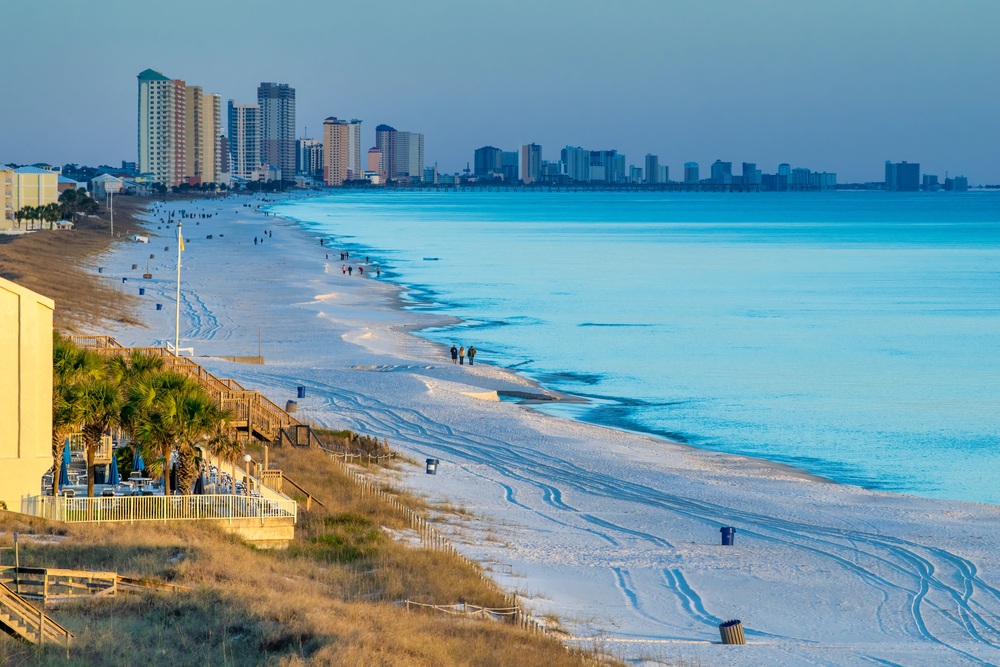
PCB’s 2005 peak represented the absolute height of accessible spring break culture, when college students and young adults flocked there for an experience that felt both wild and safe. The area had perfected the formula for beachfront hotels, nightlife venues, and daytime activities, creating an ideal party destination without the complexity of international travel. Changing demographics and increased competition from other party destinations have since shifted much of its appeal to different coastal areas.
Lake Havasu, Arizona
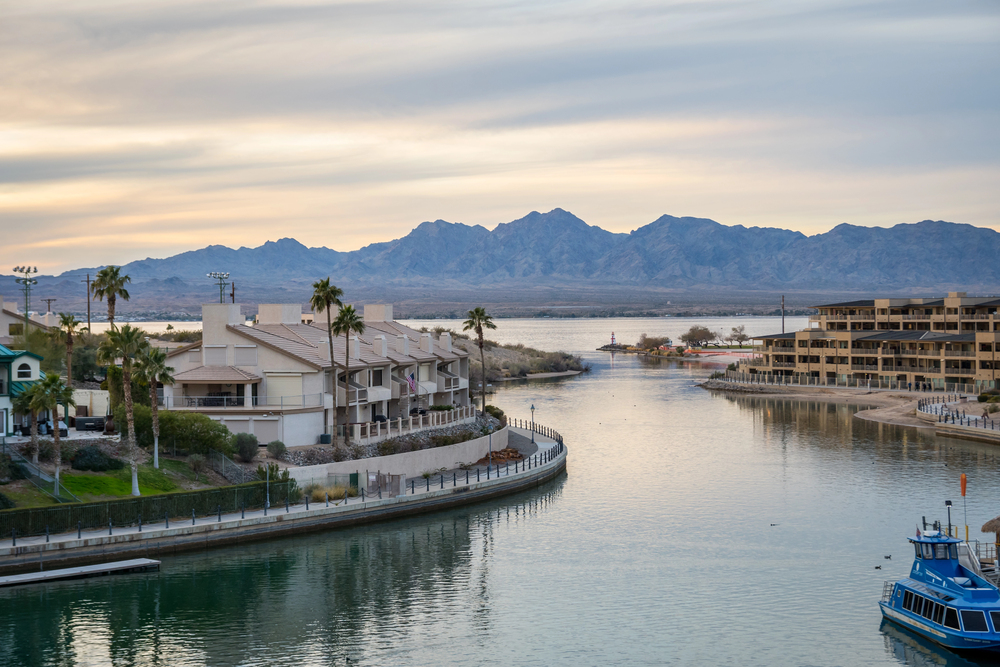
— Photo by CheriAlguire
Lake Havasu’s mid-2000s popularity stemmed from its unique position as a desert party destination that offered something completely different from typical beach or mountain vacation spots. The combination of water activities, desert scenery, and party atmosphere created a distinctive experience that felt both exotic and accessible to visitors from across the Southwest. Rising costs and the proliferation of similar desert recreation areas have since diminished its status as a unique destination.
Branson, Missouri
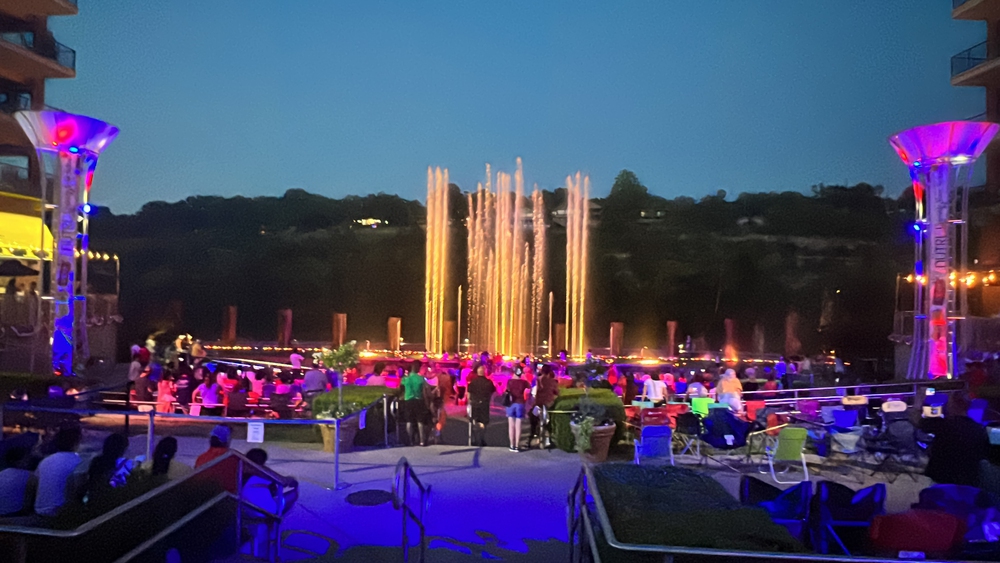
— Photo by sainaniritu
Branson reached its entertainment peak in 2005, when its concentration of family-friendly shows and attractions made it a legitimate vacation destination rather than just a regional curiosity. The town had successfully created a wholesome alternative to Las Vegas, offering similar entertainment density without the gambling or adult-oriented atmosphere. Changing entertainment preferences and increased competition from other family destinations have since reduced its appeal to a more niche audience.
Pigeon Forge, Tennessee
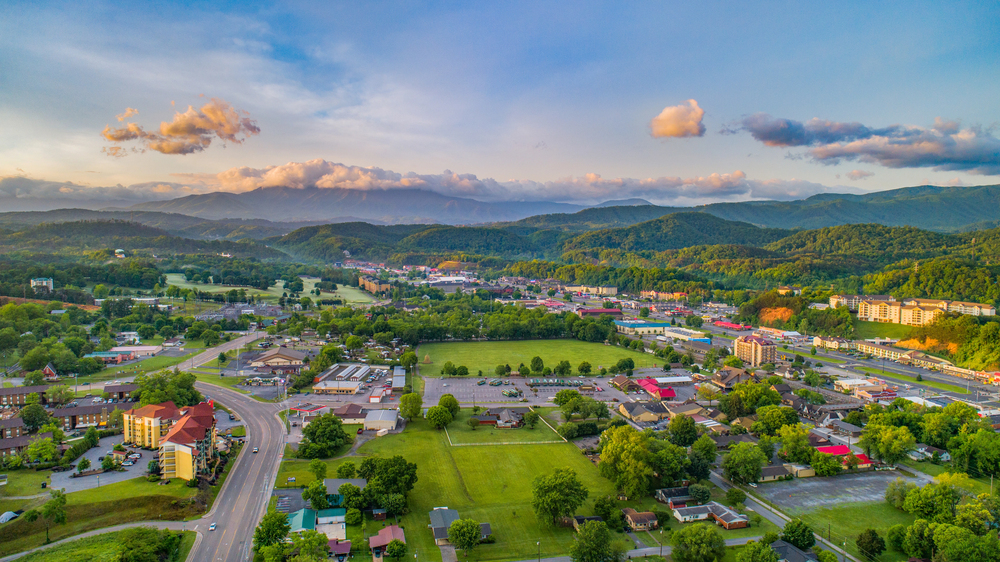
Pigeon Forge’s tourist district hit its stride when it found the perfect balance between Smoky Mountain authenticity and manufactured entertainment, creating an experience that satisfied both nature lovers and families seeking structured activities. The area offered easy access to national park hiking, combined with dinner theaters and attractions, making it a comprehensive vacation destination. Overdevelopment and traffic congestion have since made the experience feel more frustrating than fun for many visitors.
Put-in-Bay, Ohio
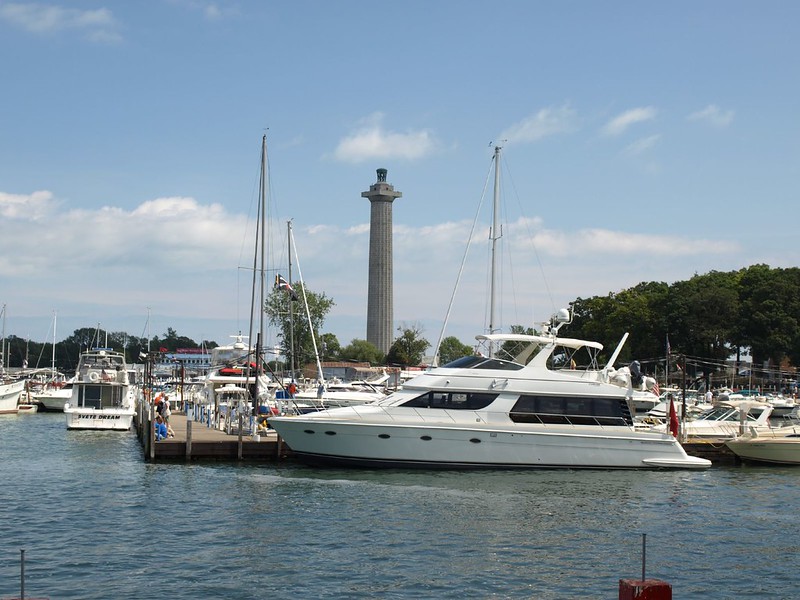
Put-in-Bay dominated Great Lakes tourism in 2005, when its island party atmosphere felt unique and exciting rather than repetitive and crowded. The combination of Lake Erie access, historic sites, and concentrated nightlife created a perfect storm of summer fun that attracted visitors from across the Midwest. Increased popularity has since led to overcrowding issues that have diminished the relaxed island vibe that originally made it special.
Lake George, New York
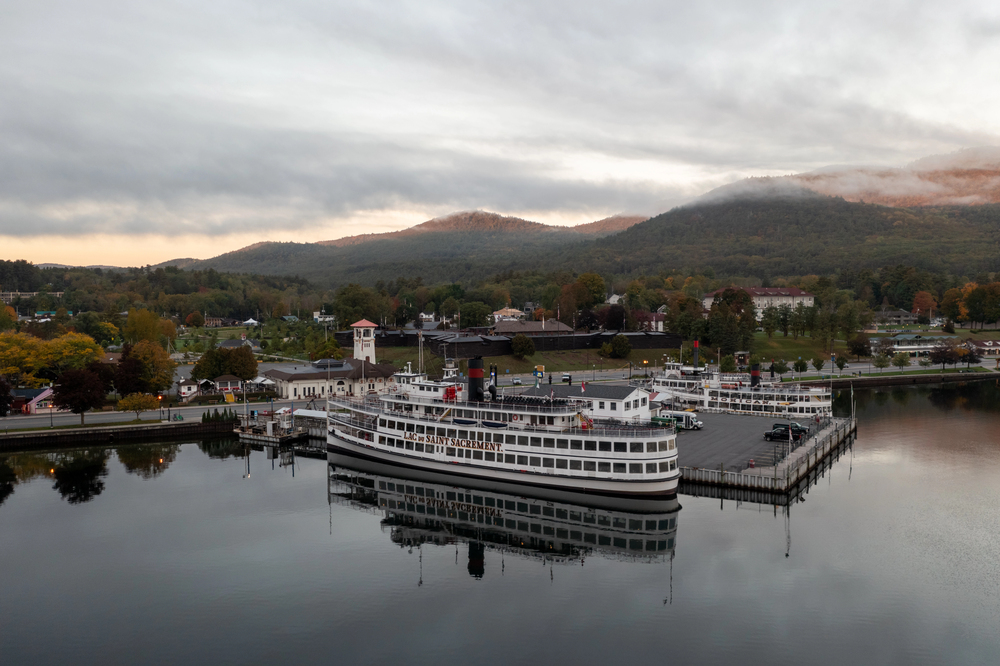
— Photo by demerzel21
Lake George represented the peak of Adirondack tourism, as its combination of natural beauty and family-friendly attractions created the ideal upstate New York vacation experience. The area offered everything from lake activities to historic sites, packaged in a way that felt both accessible and authentic. Increased competition from other mountain and lake destinations has since reduced its status from regional must-visit to pleasant but unremarkable vacation option.
Old Orchard Beach, Maine
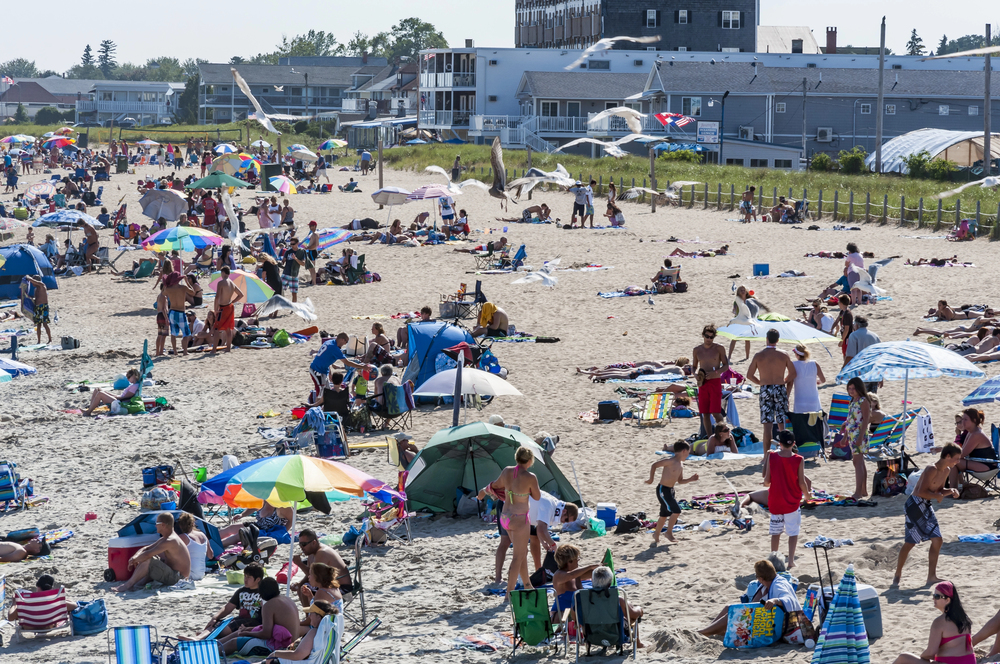
— Photo by edella
OOB’s 2005 peak captured the essence of classic New England beach culture, when its combination of sandy beaches, carnival atmosphere, and French-Canadian visitors created a unique cultural mix. The area felt like a genuine piece of Americana, where visitors could experience both Maine’s coastal beauty and its working-class beach town culture. Rising costs and changing tourism patterns have since pushed much of its appeal to other Maine coastal areas.
Wildwood, New Jersey
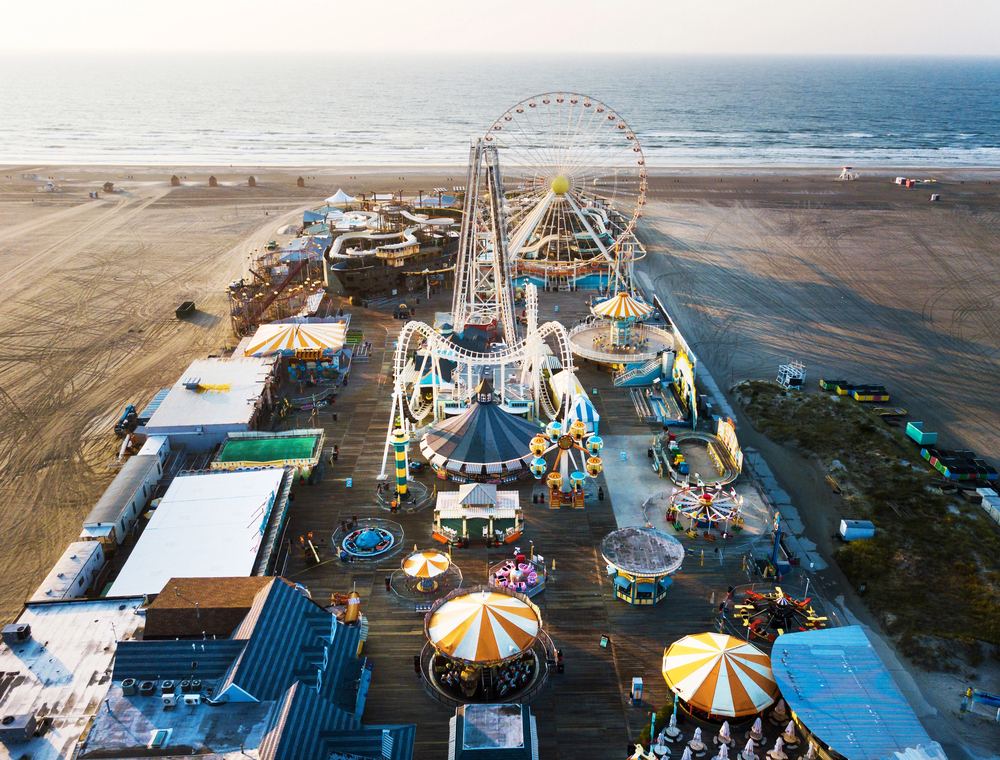
— Photo by CreativeFamily
Wildwood’s boardwalk reached its absolute peak when its retro charm felt genuinely nostalgic rather than simply outdated, creating an experience that satisfied both families and adults in search of classic Americana. The area had successfully preserved its 1950s and 60s aesthetic while maintaining modern amenities, making it feel like stepping back in time without sacrificing comfort. Increased competition from other shore destinations and changing vacation preferences have since reduced its appeal to a more specialized audience.
When Tourism Trends Leave Destinations Behind
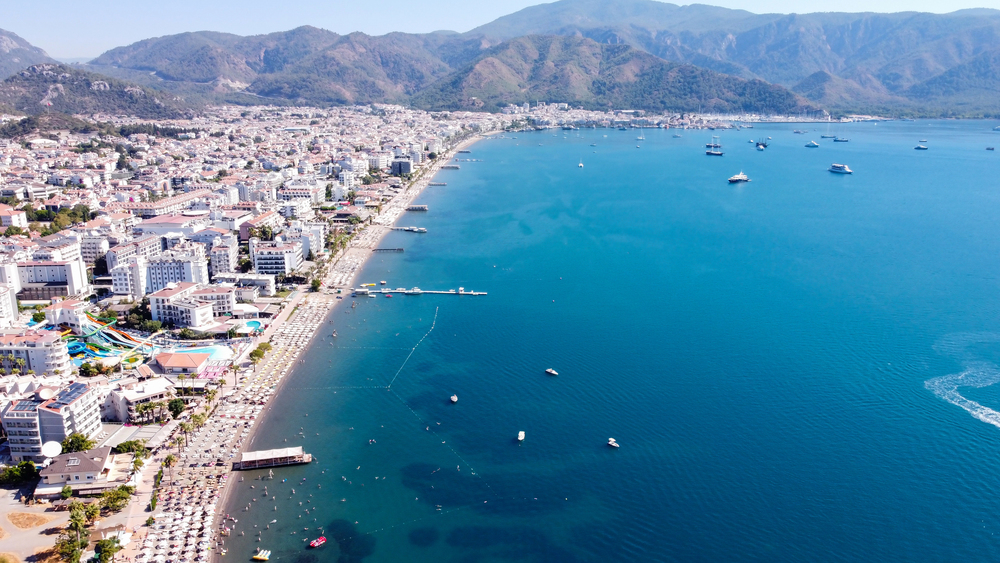
— Photo by Klemenso
These twenty destinations share a common thread: they all peaked during an era when tourists were satisfied with more contained, predictable experiences rather than seeking authentic local culture or unique adventures. The mid-2000s represented the last moment when manufactured tourist districts could dominate entire regions without facing serious competition from alternative travel styles.
Social media and changing generational preferences have since shifted tourism toward more diverse, authentic, and Instagram-worthy experiences that these traditional attractions struggle to provide. While many of these places still function as tourist destinations, they’ve never quite recaptured the cultural relevance and excitement they enjoyed twenty years ago.
More from Travel Pug

- 20 Best Beach Towns in the Carolinas
- 13 Destinations Where Tourists Regularly Regret Their Trip
- 20 Things You Actually Get in First Class
- 20 Small Airports With Aviation Museums
- 20 Places in the U.S. That Are Perfect for a Reset Trip
Like Travel Pug’s content? Follow us on MSN.
